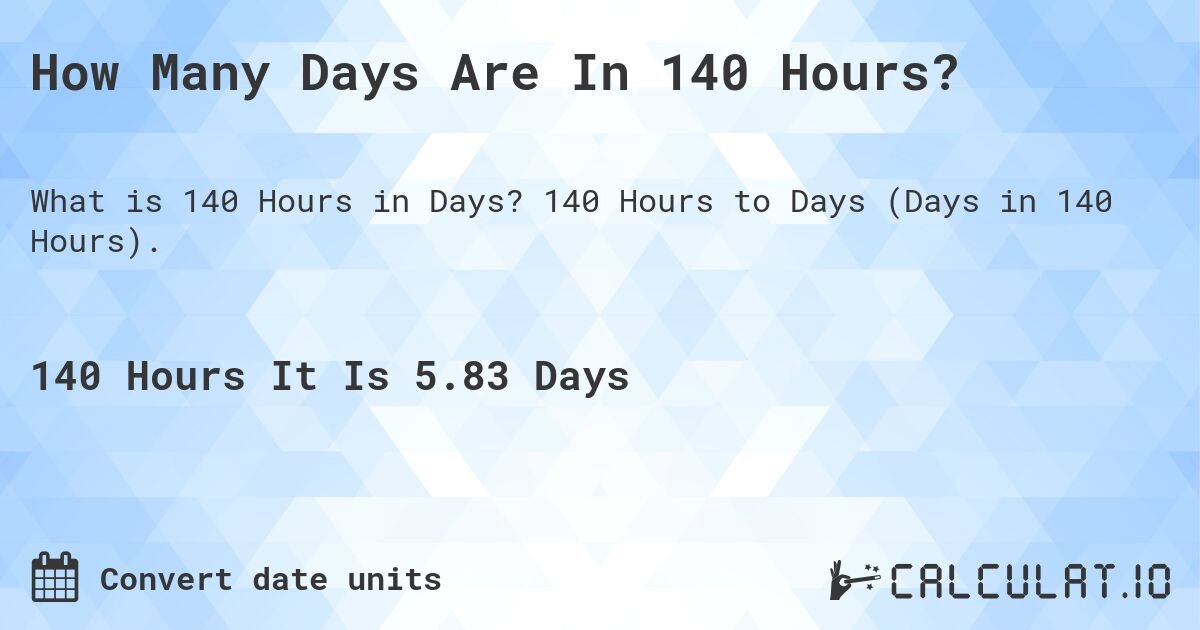IV (intravenous) therapy duration varies depending on factors like the type of medication or treatment being administered. Typically, the length of an IV session can range from a few minutes to several hours. Understanding how long IV takes can help alleviate any concerns or uncertainties you may have before undergoing the procedure. Let’s delve deeper into the different factors that influence the duration of IV therapy and what to expect during your session.
How Long Does IV Take: A Comprehensive Guide
Welcome to our detailed guide on the topic of “How long does IV take?” Intravenous (IV) therapy is a common medical procedure where fluids, medications, or nutrients are delivered directly into a patient’s vein. Understanding how long this process typically takes can help patients and caregivers prepare for medical treatments involving IV therapy. Let’s explore the factors that can influence the duration of IV administration and what to expect during the process.
The Basics of IV Therapy
IV therapy is a widely used method for delivering fluids, medications, and other substances directly into the bloodstream. This method allows for rapid absorption and immediate effects compared to oral medications. The duration of an IV treatment can vary depending on the type of medication or solution being administered, the individual patient’s condition, and the overall goal of the therapy.
Factors That Influence IV Duration
Several factors can affect how long an IV treatment takes:
1. Type of Medication
Some medications are administered slowly to minimize side effects, while others may be given more rapidly for immediate relief. The type of medication and its intended effects play a significant role in determining the duration of IV therapy.
2. Patient’s Condition
The patient’s age, weight, medical history, and current health status can impact how quickly the IV medication is absorbed and metabolized. Patients with certain conditions may require longer or shorter infusion times to achieve the desired therapeutic effect.
3. Dosage and Concentration
The dosage and concentration of the medication or fluid being administered through the IV line can affect the speed at which it is delivered. Higher doses may require a slower infusion rate to prevent adverse reactions.
4. Treatment Goals
The reason for the IV therapy also influences its duration. For example, a patient receiving IV fluids for dehydration may require a shorter infusion time compared to someone receiving chemotherapy that requires a longer, continuous infusion.
Typical Duration of IV Therapy
While the exact duration of IV therapy can vary widely, here are some general guidelines for common IV treatments:
1. IV Fluids
IV fluid administration is often a quick process that can take anywhere from 30 minutes to a few hours, depending on the volume of fluids needed and the patient’s condition. In cases of severe dehydration, IV fluids may be given more rapidly to replenish fluids and electrolytes.
2. IV Medications
The duration of IV medication administration varies based on the specific drug and its intended effects. Some medications may be given as a bolus (rapid injection) over a few minutes, while others require a slower infusion over several hours.
3. IV Antibiotics
IV antibiotics are typically administered over a period of 30 minutes to several hours, depending on the type of infection being treated and the specific antibiotic prescribed. It is important to follow the healthcare provider’s instructions regarding the timing and duration of antibiotic infusions.
What to Expect During IV Therapy
During IV therapy, a healthcare provider will insert a small catheter into a vein, usually in the arm or hand. The IV line is then connected to a bag of fluids or medications that drip into the vein at a controlled rate. Patients may feel a slight pinch or discomfort during the insertion of the IV catheter, but the process is generally well tolerated.
Throughout the IV therapy session, healthcare providers will monitor the patient’s vital signs and adjust the IV flow rate as needed to ensure the safe and effective delivery of fluids or medications. Patients are encouraged to inform their healthcare team if they experience any pain, swelling, or other unusual symptoms during the IV infusion.
In conclusion, the duration of IV therapy can vary based on several factors, including the type of medication, patient’s condition, dosage, and treatment goals. By understanding the basics of IV therapy and what to expect during the process, patients and caregivers can feel more prepared and informed when undergoing IV treatments. If you have any concerns or questions about how long an IV treatment may take, don’t hesitate to discuss them with your healthcare provider.
We hope this guide has provided valuable insights into the question of “How long does IV take?” Remember that healthcare professionals are there to support and guide you through the IV therapy experience, ensuring your safety and well-being every step of the way.
Thank you for reading, and we wish you the best on your healthcare journey!
Do vitamin IV drips work?
Frequently Asked Questions
How long does an IV typically take to administer?
An IV (intravenous) treatment usually takes about 30 minutes to an hour to complete. However, the duration may vary depending on the specific medication or fluids being administered, the patient’s condition, and the healthcare provider’s instructions.
Is there a difference in the time it takes for IV fluids vs. IV medication to be administered?
Yes, there can be a difference in the time it takes to administer IV fluids compared to IV medication. IV fluids are generally infused more quickly, usually taking around 30 minutes to complete. In contrast, IV medications may require a longer administration time, ranging from 30 minutes to several hours, depending on the type of medication and the prescribed rate of infusion.
Can the duration of an IV treatment be shortened or extended?
The duration of an IV treatment can be adjusted based on the patient’s response to the therapy, the healthcare provider’s assessment, and the specific requirements of the treatment. If necessary, healthcare providers can make changes to the infusion rate or volume to shorten or extend the time needed to complete the IV treatment.
Final Thoughts
In conclusion, the duration of an IV administration varies based on factors such as the type of medication, the individual’s condition, and the rate of infusion. IV therapy typically takes anywhere from a few minutes to several hours. It is important to follow the healthcare provider’s instructions for the correct duration of IV treatment. Understanding how long does IV take can help individuals prepare and manage their time effectively during the process.




